Curly-Leaf Pondweed
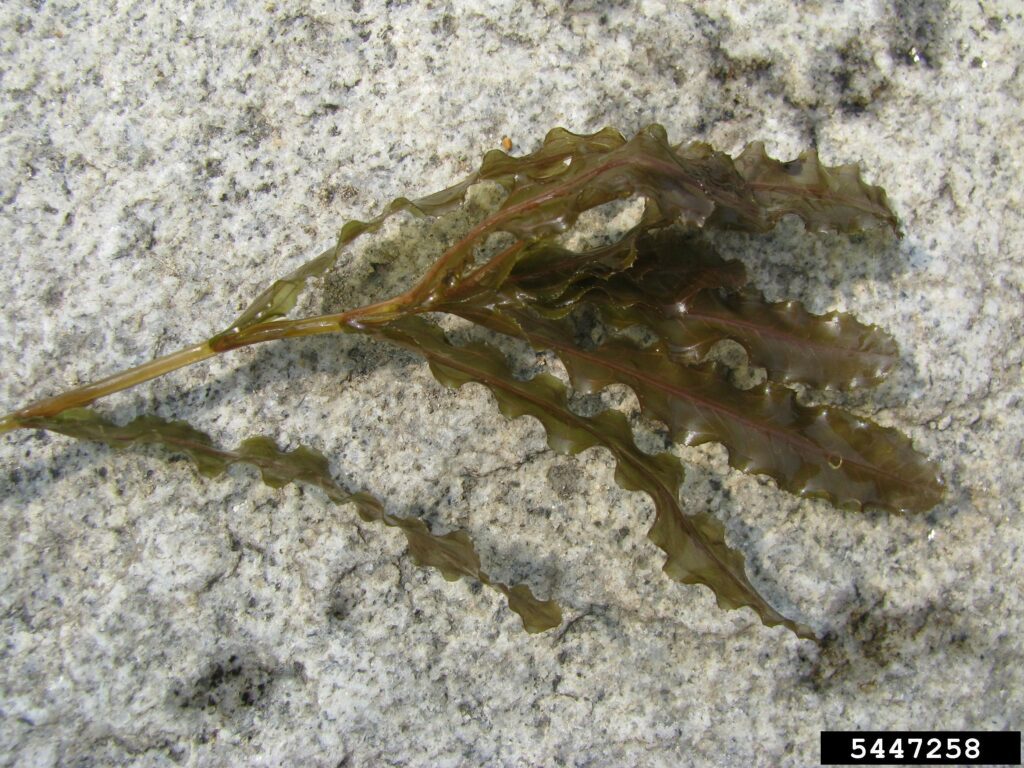
The origins of its introduction are unknown, but it is suspected that it was possibly imported as an aquarium ornamental or introduced accidentally with fish stocking operations during the late 1800’s.
Eurasian Watermilfoil
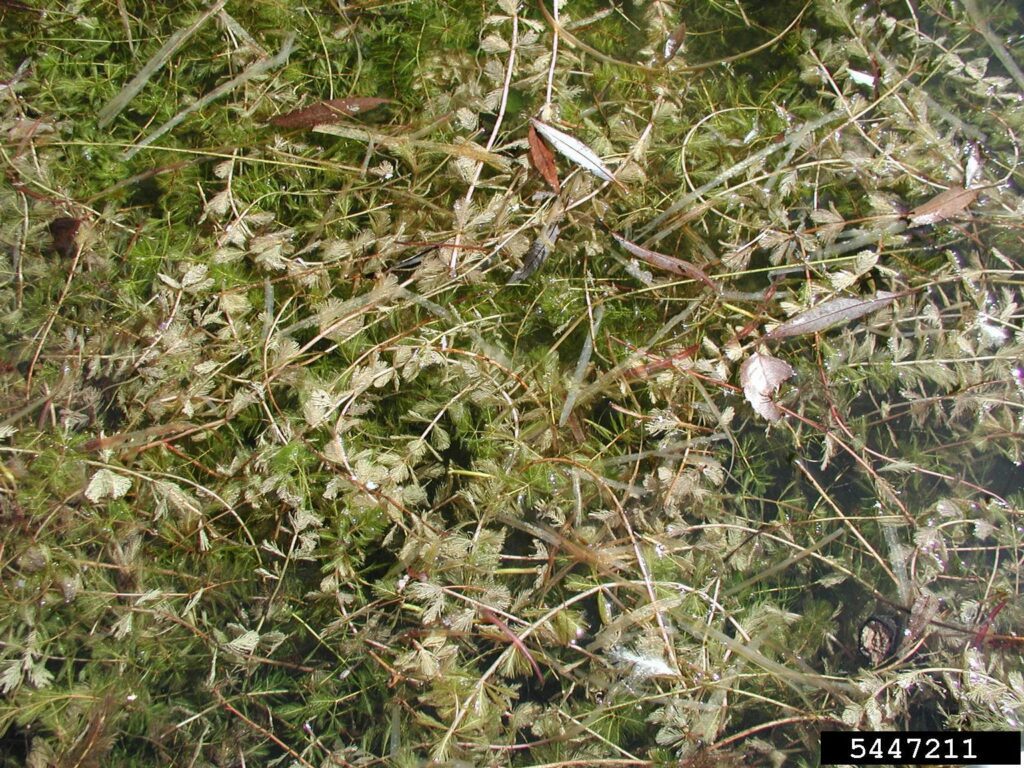
Eurasian watermilfoil (Myriophyllum Spicatum) is a plant native to Europe and Asia that was first documented in North America in the mid 1940s. Since its introduction, it has spread to more than 40 states in the US and to three Canadian provinces.
Flowering Rush
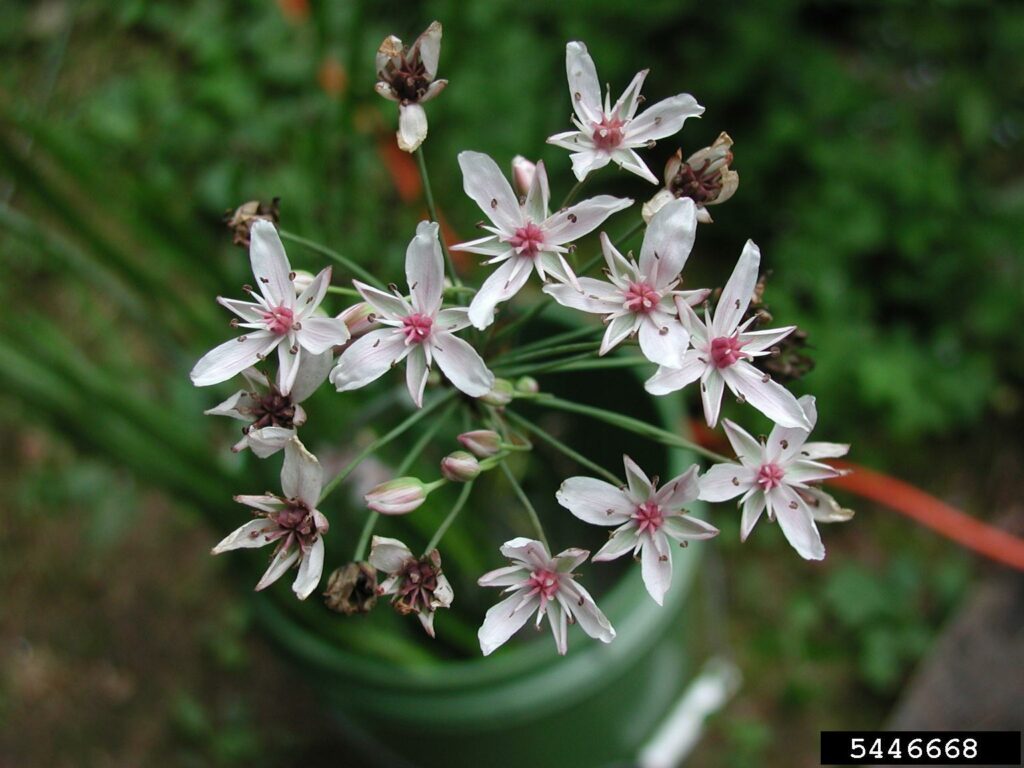
Flowering rush originated in Eurasia but can now be found throughout the Midwest, including in Southern Michigan, and in isolated patches in the Straits of Mackinac area (MISIN).
Invasive Phragmites (Common Reed)
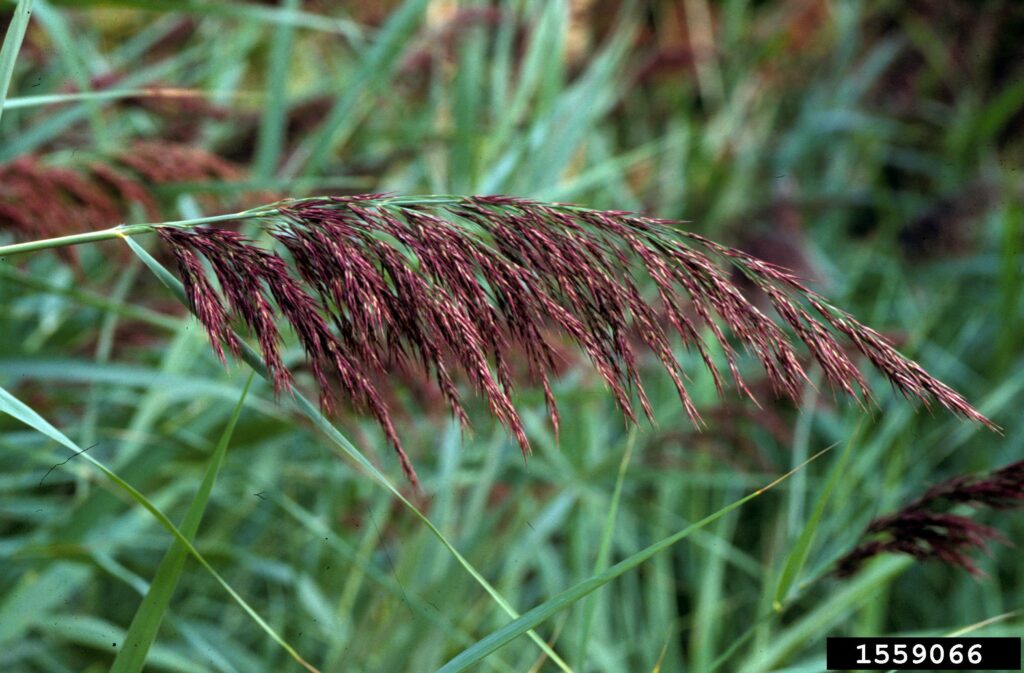
Phragmites (Phragmites australis), also known as the common reed, is an aggressive wetland invader that grows along the shorelines of water bodies or in water several feet deep. Eventually, Phragmites become the sole dominant plant in many of these wetlands at the expense of native flora and animals dependent on these native habitats.
Purple Loosestrife
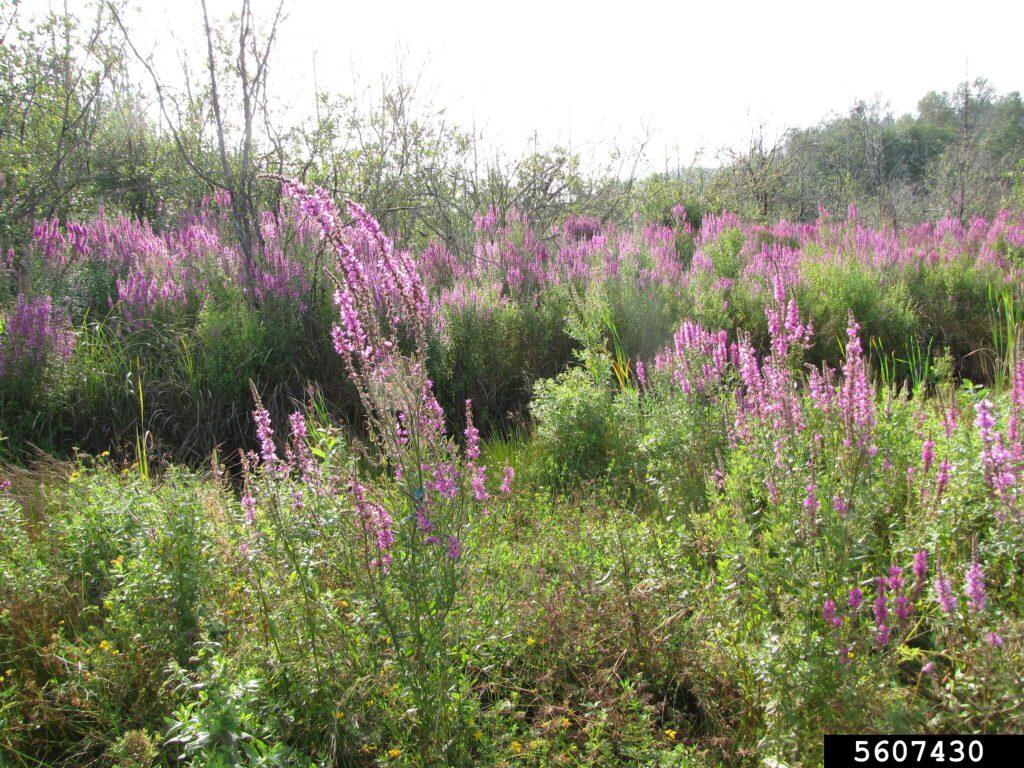
Purple loosestrife (Lythrum Salicaria) is an invasive wetland plant that is beautiful, but dangerous. Imported in the 1800s for ornamental and medicinal uses, purple loosestrife poses a serious threat to wetlands because of its prolific reproduction.
Rusty Crayfish
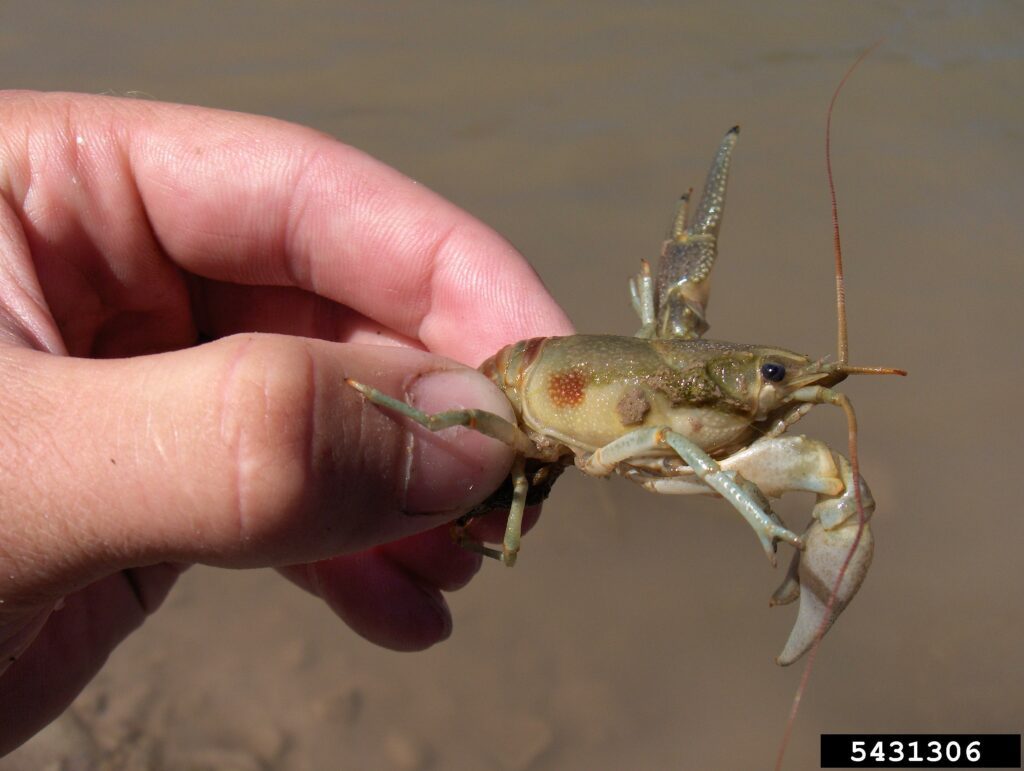
Rusty Crayfish are invasive crustaceans spreading to lakes, rivers, and streams in several areas of North America. They are more aggressive than other native crayfish, better able to avoid fish predation, and can harm native fish populations by eating their eggs and young. They can displace native crayfish, hybridize with them, and graze on and eliminate aquatic plants.
Zebra Mussels and Quagga Mussels
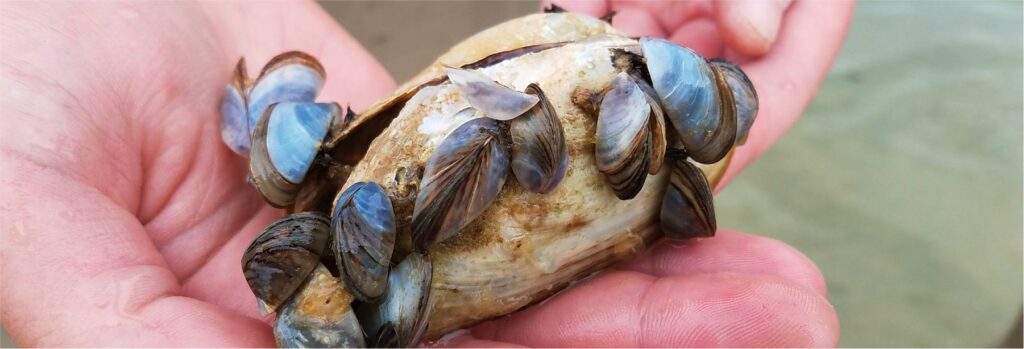
The sheer number of zebra mussels in combination with their feeding habits has caused severe disruptions in aquatic ecosystems.

